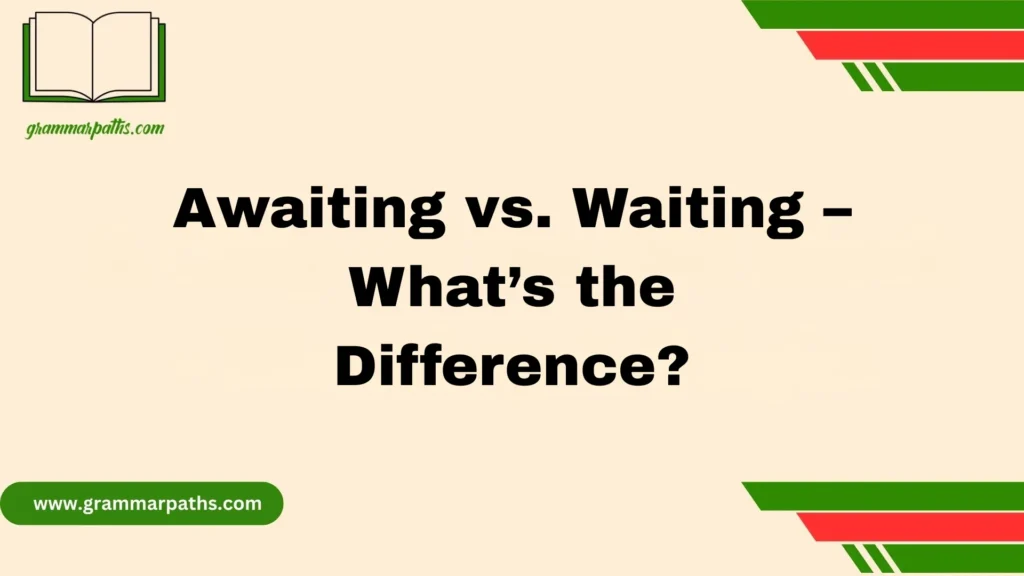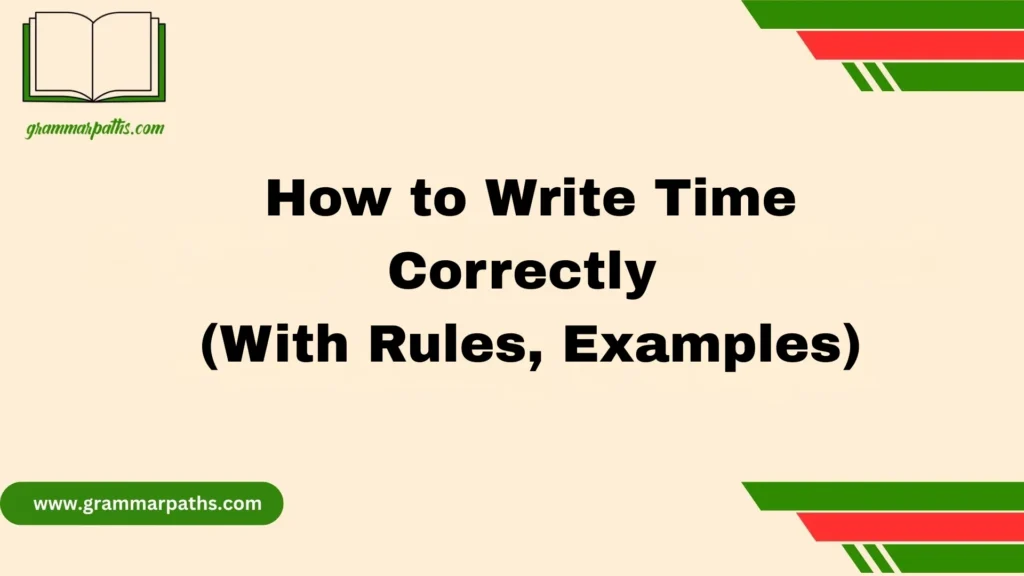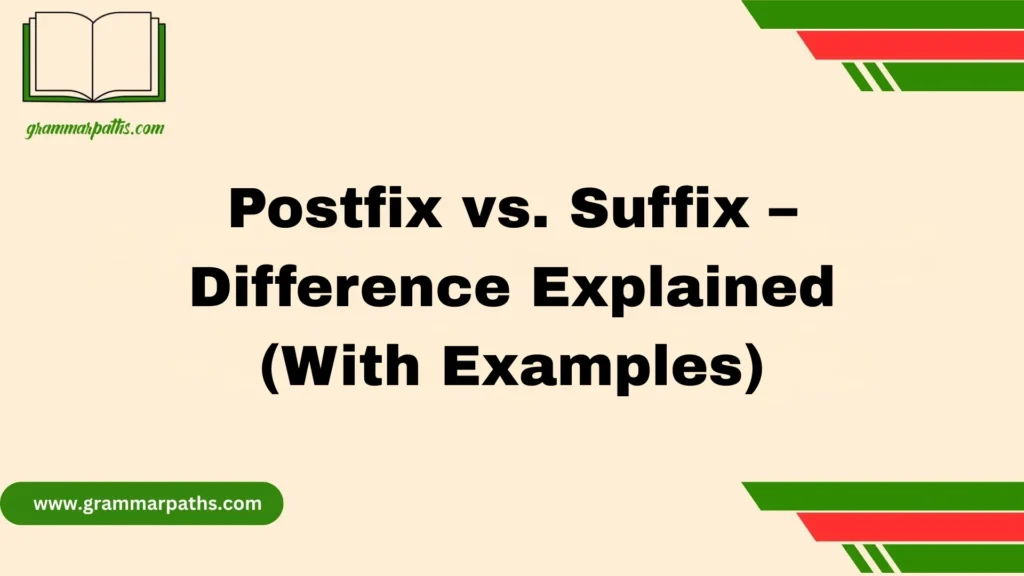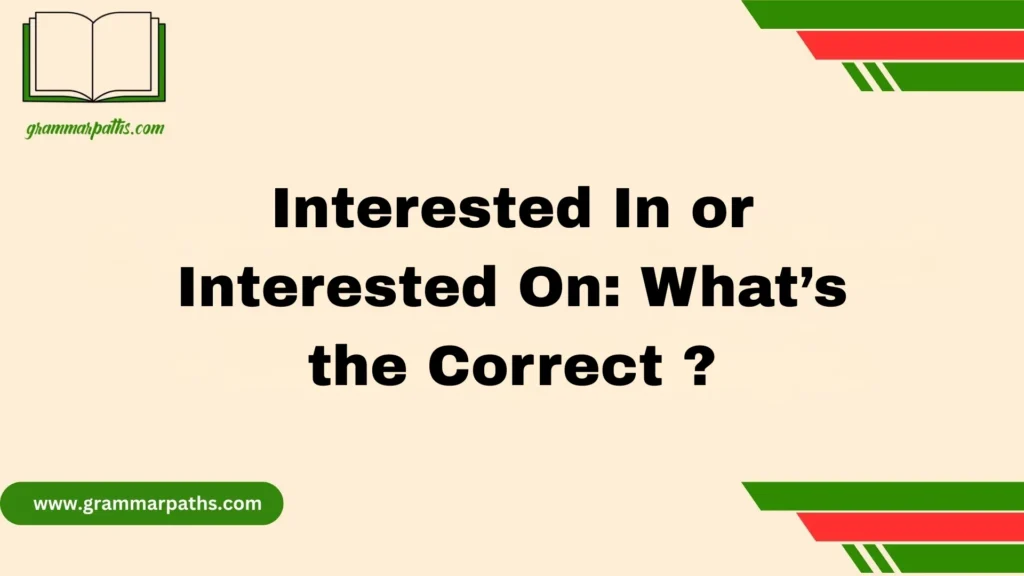Understanding when to use “seem” or “seems” can be tricky for many learners of English. These two words look almost the same, but their grammar usage, sentence structure, and subject agreement make a big difference in meaning. Both are forms of the verb “to seem”, which is often used to express appearance, possibility, or assumption.
The main difference lies in subject-verb agreement. We use “seem” with plural nouns, they, or we, while “seems” is used with singular nouns, he, she, or it. For example: “They seem happy” vs. “She seems happy.” This simple rule helps avoid grammar mistakes in both writing and speaking.
Many learners confuse the two because in spoken English, pronunciation sometimes blurs the distinction. However, using the correct form makes your English communication clearer, more accurate, and more professional.
In this easy guide, we’ll break down the difference between seem vs. seems, provide clear examples, and share common mistakes to avoid. By the end, you’ll feel confident using both forms correctly in everyday conversations, formal writing, and even academic English.
What Do “Seem” and “Seems” Mean?
Both seem and seems share the same core idea: they describe appearance rather than certainty. When you say something “seems” a certain way, you’re signaling that it gives the impression of being true, but you’re not confirming it as fact.
- Seem: Used with I, you, we, they.
Example: They seem interested in the project. - Seems: Used with he, she, it.
Example: She seems happy about the news.
The difference is purely about subject-verb agreement. The meaning stays consistent: both express possibility, perception, or impression.
Grammar Foundations You Must Know
Subject-Verb Agreement Basics
At its heart, the difference between seem and seems comes down to subject-verb agreement. In English, verbs change form to match the subject:
- Singular subjects in the third person (he, she, it) usually take a verb ending in -s.
- Plural subjects and the first or second person use the base form of the verb.
That’s why we say She seems but They seem.
Understanding Verb Persons
English verbs adjust based on person:
- First person: I, we
- Second person: you
- Third person: he, she, it, they
This matters because only third-person singular (he, she, it) needs the -s ending in the present tense. All other subjects use the base form.
When to Use “Seem”
You use seem with:
- First person singular/plural: I seem, we seem
- Second person singular/plural: You seem
- Third person plural: They seem
Examples with “Seem”
- I seem distracted today.
- You seem confident about the results.
- We seem ready for the presentation.
- They seem excited to join the class.
Different Tenses
- Past: She seemed tired yesterday.
- Future: They will seem surprised when they hear the news.
- Perfect tense: I have seemed uncertain about this before.
Notice how the verb adjusts slightly in past and future tenses but the agreement rules remain steady.
When to Use “Seems”
Seems is reserved for third-person singular subjects. That means he, she, it, or any singular noun.
Examples with “Seems”
- He seems interested in joining the club.
- She seems worried about the deadline.
- It seems too late to change the schedule.
- The dog seems restless today.
This form never applies to I, you, we, or they.
Side-by-Side Comparison: “Seem” vs. “Seems”
To make things clearer, here’s a quick table you can refer to anytime:
| Subject | Correct Form | Example Sentence |
| I | seem | I seem tired today. |
| You | seem | You seem excited. |
| He/She/It | seems | She seems upset. |
| We | seem | We seem late. |
| They | seem | They seem ready. |
This simple subject-verb map solves 95% of confusion learners face.
Common Mistakes to Avoid
Even advanced English learners slip up with seem and seems. Here are common errors and how to fix them:
- They seems busy.
They seem busy. - I seems unsure.
I seem unsure. - You seems correct.
You seem correct. - Overusing seems when is would be stronger.
- He seems angry suggests uncertainty.
- He is angry states it as fact.
Remember: seems softens tone, while is confirms it.
Advanced Nuances: Going Beyond Basics
Using “Seem” with Modals
Modal verbs (might, could, should, must) always pair with the base form seem, never seems.
- She might seem confident, but she’s nervous.
- It could seem complicated at first.
- They should seem more prepared by now.
Past and Perfect Tenses
- Past: He seemed happy yesterday.
- Present perfect: It has seemed impossible until now.
- Past perfect: She had seemed fine before the test started.
Tense changes, but subject-verb agreement rules hold firm.
Formal vs. Informal Tone
Writers often use seems to soften or hedge a statement:
- Formal: It seems that further research is required.
- Informal: He seems tired after the game.
This flexibility makes “seem” useful for academic, professional, and conversational English alike.
Practical Examples in Everyday Sentences
Here’s how seem and seems appear in different contexts:
Academic English
- It seems the data supports the hypothesis.
- The results seem consistent across trials.
Workplace or Professional Settings
- She seems well-prepared for the client meeting.
- They seem eager to collaborate on the project.
Everyday Conversation
- You seem a little quiet today.
- It seems like it’s going to rain
Quick Test: Can You Spot the Right Form?
Fill in the blanks with seem or seems:
- He ___ interested in the topic.
- I ___ ready to go.
- They ___ confused about the instructions.
- The weather ___ unpredictable lately.
- You ___ more confident than before.
Answers:
- seems
- seem
- seem
- seems
- seem
Key Takeaways (Summary Table)
Here’s a cheat sheet for quick reference:
- Seem → I, you, we, they.
- Seems → he, she, it, or any singular noun.
- With modals → always use seem
- Tense shifts don’t change agreement rules.
| Subject Type | Correct Form | Example |
| First Person | seem | I seem happy. / We seem prepared. |
| Second Person | seem | You seem confident. |
| Third Person Singular | seems | He seems worried. / The plan seems fine. |
| Third Person Plural | seem | They seem interested. |
Conclusion
Choosing between “seem” and “seems” may look confusing at first, but the rule is simple: “seem” goes with plural subjects (they, we, people), while “seems” is used with singular subjects (he, she, it, a person). By keeping subject-verb agreement in mind, you can avoid common grammar errors and make your English writing sound more natural and professional. With practice, this will become second nature, and you’ll never have to second-guess your choice again.
FAQs
Q1: What is the main difference between “seem” and “seems”?
👉 “Seem” is used with plural subjects, while “seems” is used with singular subjects.
Q2: Can “seem” and “seems” be used in formal writing?
👉 Yes, both are acceptable in academic English and professional writing when used correctly.
Q3: Is “seems” ever used with “I”?
👉 No, with “I” we always use “seem” (e.g., I seem tired).
Q4: Why do people confuse “seem” and “seems”?
👉 Because in spoken English, pronunciation is quick, and the -s ending may be missed.
Q5: How can I practice using “seem” and “seems”?
👉 Try writing short sentences with both singular and plural subjects, then check if you used the right form.

Mia Rose is the passionate writer and founder of GrammarPaths.com, a resource dedicated to helping learners master English grammar, idioms, and writing skills with ease. With a deep love for language and years of experience in teaching and content creation, Mia simplifies complex grammar rules into clear, practical guides that readers can instantly apply.










